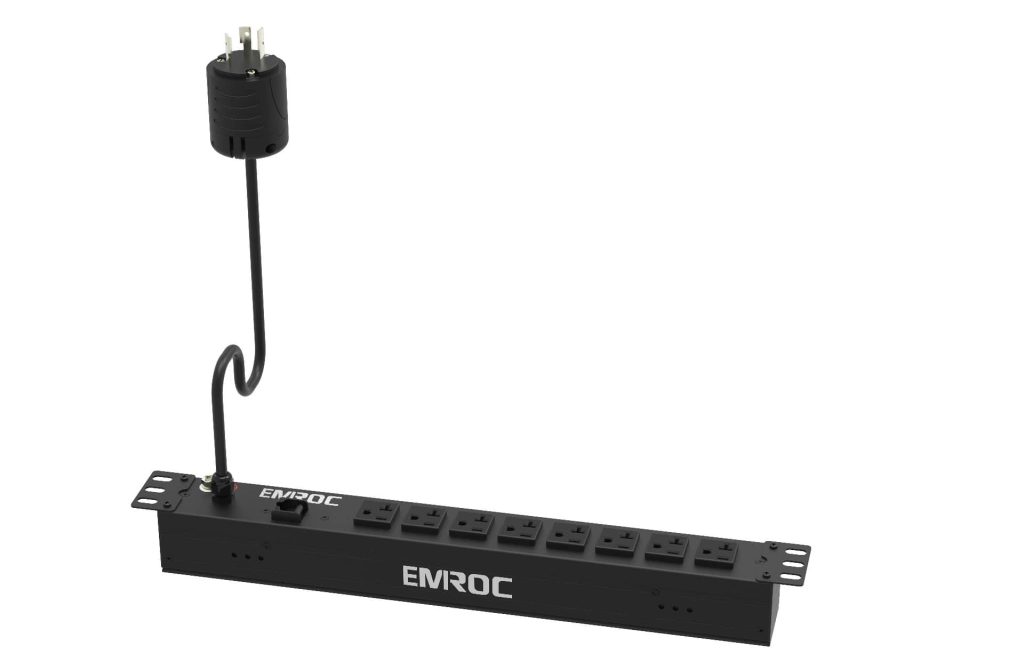Power Distribution Units (PDUs) are indispensable components of any data center or server room. They play a crucial role in efficiently distributing electrical power to various devices, ensuring uninterrupted operations. However, with a plethora of options available in the market, the question that often arises is, “Which PDU is better?” In this article, we will explore the key factors to consider when evaluating PDUs and help you make an informed decision.

1. Capacity and Load Management One of the primary factors to assess when choosing a PDU is its capacity and load management capabilities. PDUs come in various sizes, ranging from basic units to intelligent ones. Basic PDUs provide a straightforward power distribution solution without any advanced features. On the other hand, intelligent PDUs offer remote monitoring and control, enabling administrators to manage power loads efficiently. When deciding which PDU is better for your needs, consider the power capacity required and the level of control you desire. 2. Redundancy and Reliability In mission-critical environments, redundancy and reliability are paramount. Redundant PDUs come equipped with backup power sources and can continue functioning even if one PDU fails. This ensures uninterrupted power supply to critical equipment. When evaluating PDUs, inquire about their redundancy features and reliability track record to determine which PDU offers better peace of mind for your infrastructure. 3. Outlet Types and Configurations PDUs come with various outlet types and configurations to accommodate different devices. Before making a decision, assess the types of equipment you plan to connect to the PDU. Ensure that the PDU has the appropriate outlet types and enough outlets to meet your requirements. Additionally, consider factors such as outlet spacing and orientation to accommodate bulkier plugs and adapters. 4. Monitoring and Control Intelligent PDUs offer advanced monitoring and control capabilities, allowing administrators to remotely manage power distribution. They provide real-time data on power consumption, temperature, and other vital metrics. This level of insight can help optimize energy usage and identify potential issues before they become critical. If comprehensive monitoring and control are essential to your operations, an intelligent PDU may be the better choice. 5. Form Factor and Mounting Options The physical size and form factor of a PDU can significantly impact its suitability for your installation. Consider the available space in your rack or cabinet and choose a PDU that fits comfortably. Additionally, evaluate the mounting options, such as horizontal or vertical mounting, to ensure compatibility with your setup. 6. Cost and Budget Considerations Cost is always a significant factor in decision-making. Basic PDUs are generally more budget-friendly, while intelligent PDUs with advanced features come at a higher price point. It’s essential to strike a balance between your budget and the features you require. Calculate the total cost of ownership, including installation and maintenance expenses, to determine which PDU offers better long-term value. 7. Scalability and Future Expansion As your infrastructure grows, your power distribution needs will evolve. Consider the scalability of the PDU when making your choice. Some PDUs allow for easy expansion by adding additional modules or units. This scalability can be a crucial factor in ensuring that your PDU can adapt to future requirements. 8. Environmental Considerations In today’s environmentally conscious world, energy efficiency is a key concern. Look for PDUs with energy-saving features, such as individual outlet control and power metering. Energy-efficient PDUs can help reduce electricity costs and minimize your environmental footprint. Conclusion In the quest to determine which PDU is better, there is no one-size-fits-all answer. The best PDU for your specific needs will depend on your capacity requirements, reliability concerns, monitoring preferences, and budget constraints. Careful consideration of these factors and a thorough evaluation of available options will lead you to the PDU that best aligns with your infrastructure requirements. Whether you opt for a basic PDU or invest in an intelligent one, the ultimate goal is to ensure uninterrupted power distribution and the smooth operation of your critical equipment.